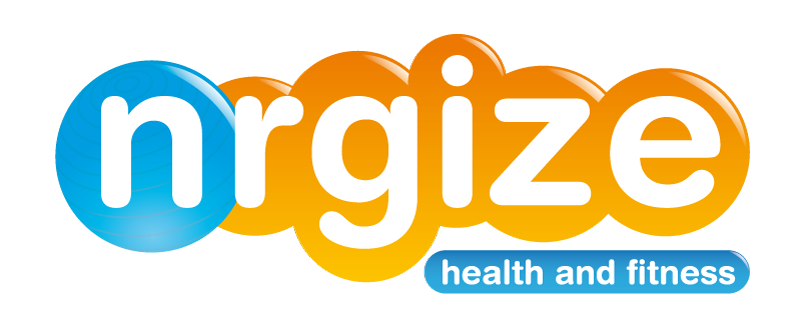Intrigued?...read on...
In the current economic climate, with many companies freezing pay and stopping away
days, many offices have a highly stressed, claustrophobic and even depressed
atmosphere. This can lead to employee lethargy, tension, illness and overall poor
productivity. So are companies shooting themselves in their foot for not rewarding
their staff? Are there economical ways to reduce stress, boost employee morale
and thus improve office productivity?....YES.
Picture this;
It's late on a Friday afternoon. Your whole department has been under intense
pressure to wrap up that enormous project you've been working on for months. Nerves
are frayed. Happy hour is looming. No one can think about anything but escape. Then
bang on 4 p.m., in walks a healthy-looking individual toting a strange, padded
contraption that they proceed to unfold over in one corner of the room. This is the
"corporate massage" that your boss promised.
One brave soul offers to go first, and the rest of you watch while he sits down — fully
clothed — at the device, which supports his elbows, chest, and head. As he leans
forward and relaxes, you can feel the pressure on your own limbs start to dissipate,
too. The massage therapist begins with some strong kneading of the shoulders and
upper back.
"Ahh, this is great!" roars your co-worker through the circular face rest. Quietly, but
quickly, people start to drift over to that side of the room, and soon a line begins to
form. One after another, everyone is treated to ten minutes of much-needed relief, and
a funny thing starts to happen. There is no longer a mad rush to escape the office. As
newly relaxed colleagues stand around chatting, the ideas begin to flow again, and a
few great new concepts that will make this project even better appear on the horizon.
Yes, scenarios like this one can actually occur.
In the current economic climate, with many companies freezing pay and stopping away
days, many offices have a highly stressed, claustrophobic and even depressed
atmosphere. This can lead to employee lethargy, tension, illness and overall poor
productivity. So are companies shooting themselves in their foot for not rewarding
their staff? Are there economical ways to reduce stress, boost employee morale
and thus improve office productivity?....YES.
Picture this;
It's late on a Friday afternoon. Your whole department has been under intense
pressure to wrap up that enormous project you've been working on for months. Nerves
are frayed. Happy hour is looming. No one can think about anything but escape. Then
bang on 4 p.m., in walks a healthy-looking individual toting a strange, padded
contraption that they proceed to unfold over in one corner of the room. This is the
"corporate massage" that your boss promised.
One brave soul offers to go first, and the rest of you watch while he sits down — fully
clothed — at the device, which supports his elbows, chest, and head. As he leans
forward and relaxes, you can feel the pressure on your own limbs start to dissipate,
too. The massage therapist begins with some strong kneading of the shoulders and
upper back.
"Ahh, this is great!" roars your co-worker through the circular face rest. Quietly, but
quickly, people start to drift over to that side of the room, and soon a line begins to
form. One after another, everyone is treated to ten minutes of much-needed relief, and
a funny thing starts to happen. There is no longer a mad rush to escape the office. As
newly relaxed colleagues stand around chatting, the ideas begin to flow again, and a
few great new concepts that will make this project even better appear on the horizon.
Yes, scenarios like this one can actually occur.



